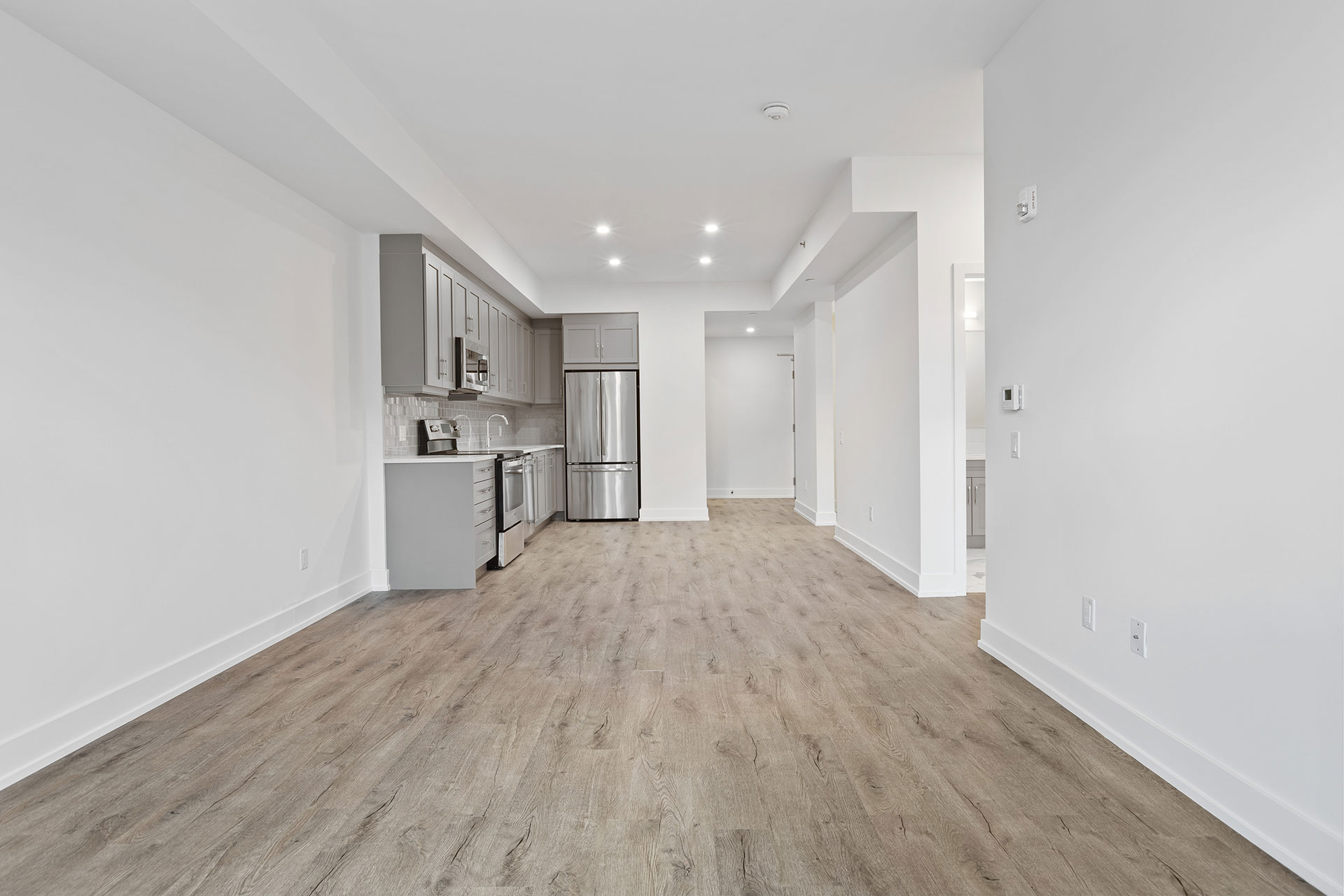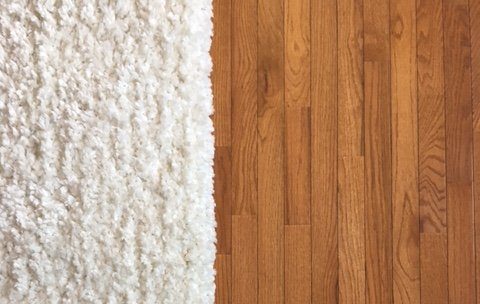Introduction
Hardwood floors are not only a beautiful addition to any home but also a significant investment. To ensure their longevity and maintain their natural elegance, proper care and maintenance are essential. In this article, we will explore the best practices for maintaining and caring for your hardwood floors, from installation to regular cleaning and addressing common issues.
Understanding Hardwood Floors
Before delving into maintenance tips, it’s crucial to understand the basics of hardwood floors. There are various types of hardwood floors available, including oak, maple, and walnut, each with its unique characteristics and appearance. Hardwood floors offer numerous benefits such as durability, improved indoor air quality, and timeless aesthetics that can enhance the value of your home.
Pre-installation Preparation
To ensure the success of your hardwood floor installation, proper pre-installation preparation is vital. This includes an acclimation process where the flooring materials adjust to the temperature and humidity of the environment. Additionally, proper subfloor preparation and the installation of a moisture barrier can prevent future problems caused by moisture.
Hardwood Installation Techniques
The installation method chosen for your hardwood floors can impact their longevity and performance. The three primary installation techniques are the nail-down method, the glue-down method, and the floating method. Each method has its advantages and considerations, so consulting with a professional or researching the best option for your specific needs is recommended.
Regular Cleaning and Maintenance
Routine cleaning is crucial to maintain the appearance and condition of your hardwood floors. Regularly sweeping or vacuuming to remove dust and debris is essential. Mopping with a suitable hardwood floor cleaner or damp mopping can help remove dirt and grime without causing water damage. It’s important to note that excessive moisture can harm hardwood floors, so using minimal water is crucial.
Preventive Measures
Implementing preventive measures can help protect your hardwood floors from potential damage. Placing rugs and mats at entrances and high-traffic areas can trap dirt and prevent scratches. Applying protective coatings, such as polyurethane or wax, can provide an additional layer of defense against wear and tear. Additionally, avoiding high heels and heavy furniture can prevent denting and scratching.
Dealing with Scratches and Damage
Despite our best efforts, scratches and damage can occur on hardwood floors over time. For minor scratches, quick fixes such as using a wood marker or rubbing a walnut on the affected area can help conceal the imperfections. However, deeper scratches and dents may require professional repair services or a DIY approach involving sanding, filling, and refinishing.
Refinishing and Recoating
As hardwood floors age, refinishing becomes necessary to restore their original beauty. Signs that it’s time for refinishing include deep scratches, worn-out finish, or dull appearance. DIY refinishing can be a cost-effective option if you have the necessary skills and equipment. However, hiring a professional ensures a flawless finish and saves time and effort.
Conclusion
Maintaining and caring for your hardwood floors is a worthwhile investment of time and effort. By following the proper installation techniques, regular cleaning, implementing preventive measures, and addressing scratches and damage promptly, you can extend the lifespan and beauty of your hardwood floors for generations to come.
FAQs
1. How often should I clean my hardwood floors?
It’s recommended to sweep or vacuum your hardwood floors at least once a week and mop or damp mop them every one to two months, or as needed.
2. Can I use steam mops on hardwood floors?
Steam mops are not recommended for hardwood floors as the excessive heat and moisture can cause damage. Stick to using hardwood floor cleaners or damp mopping instead.
3. How can I remove stubborn stains from my hardwood floors?
For stubborn stains, it’s best to consult the manufacturer’s guidelines or seek professional assistance to avoid damaging the hardwood floors.
4. Can I place potted plants directly on my hardwood floors?
It’s advisable to use a protective tray or saucer underneath potted plants to prevent water damage. Regularly check for any leaks or excess moisture that may harm the flooring.
5. When should I consider replacing my hardwood floors?
If your hardwood floors have extensive damage, are beyond repair, or have reached their lifespan, it may be time to consider replacing them. Consulting with a flooring professional can help determine the best course of action.
If you are in/near the following areas and need flooring, contact us at (847) 579-9820 or visit our website at qualityinstallsinc.com.

